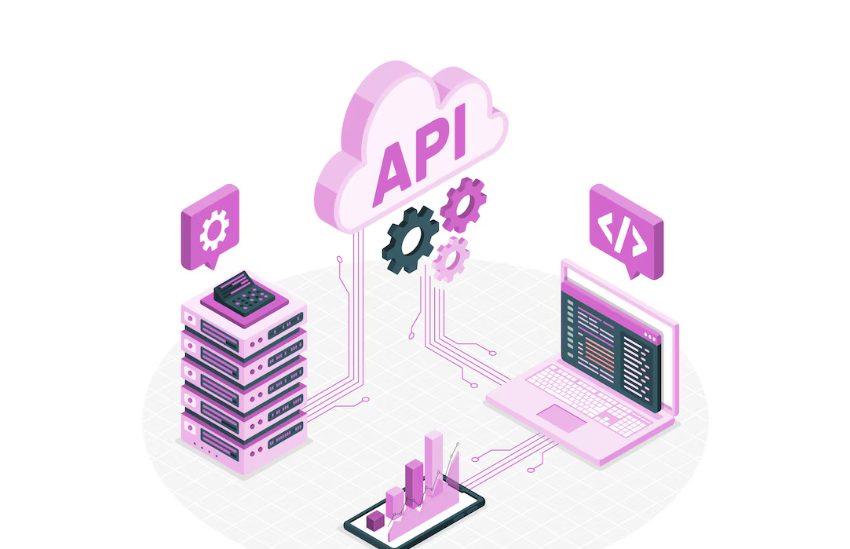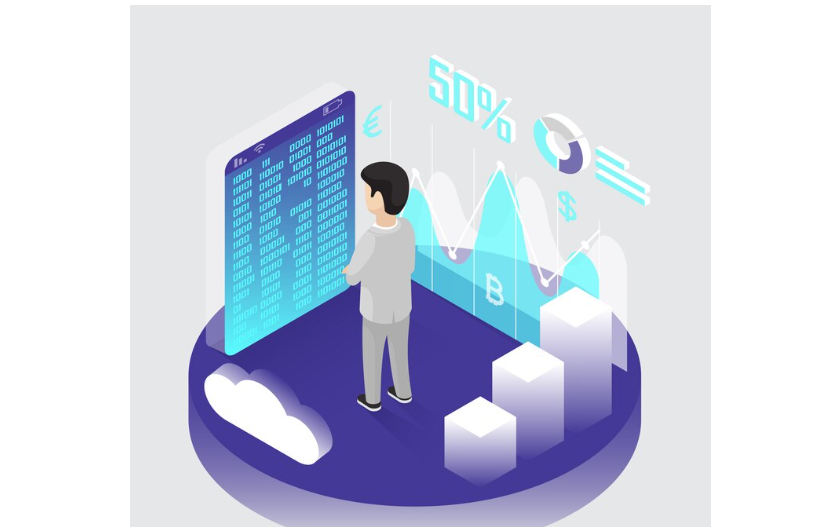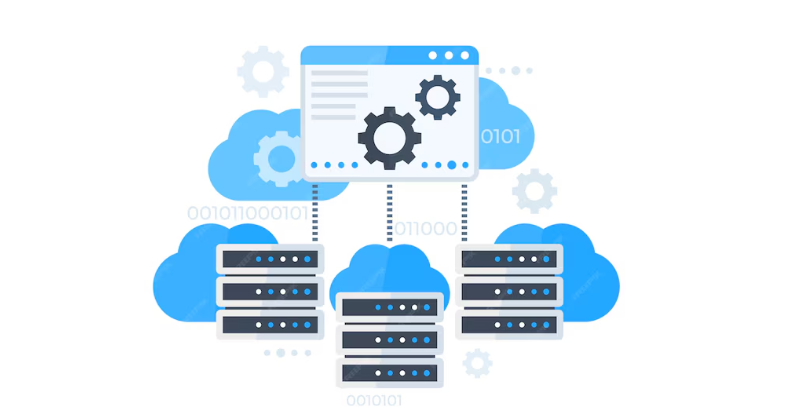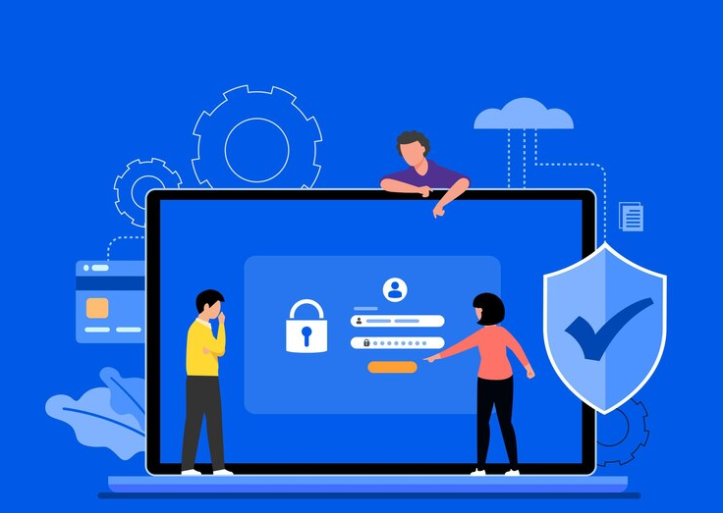The process by which a company develops, monitors, and regulates application programming interfaces (APIs) in a safe, expandable setting is known as API management. The objective is to maintain API availability and performance, convert API services into commercial revenue, and guarantee that the demands of developers and applications using an API are satisfied throughout the API’s lifecycle. Let’s scroll through the end to see what is API management in software development.
Although each business has different demands for API administration, the practice itself includes several fundamental tasks including version control, security, and monitoring.
What Is API Management In Software Development?
As the number of APIs and the associated administrative complexity have grown, API management has become more common. The growing usage of APIs for on-premises application integration and cloud-native and multi-cloud computing has also made management more crucial.
Unlike most other applications, APIs have different needs and different development and management approaches. Strong documentation, increased security, thorough API testing, regular versioning, and high reliability are all necessary for proper API use. Because these needs frequently surpass the scope of software-based initiatives that businesses normally undertake, the use of API management software has also grown.
What Are The Benefits Of API Management In Software Development?
Applications can access enterprise assets and a company’s data thanks to APIs. Businesses utilize APIs to enhance their relationships with partners, customers, and employees by adding a layer of data access and processing. Developers and organizations can also protect, scale, regulate, evaluate, and monetize API projects with the help of API management.
Other reasons to the answer what is API management in software development include the following:
API Safety
API management shields APIs against risks and illegal access. It goes beyond user authorization and authentication, though. To safeguard sensitive information and make sure it isn’t compromised or leaked, standards and rules must be established. API management technologies guarantee that traffic to back-end systems is effectively handled and assist enterprises in defining standard API security standards.
API Management
This aspect of API administration produces a consistent user experience. It also covers reusability, documentation, lifecycle management, and discoverability of APIs. With API governance’s help, developers can ensure that every API program is planned and achieves a defined objective that benefits the company. Since mobile devices are being used by everyone to interact with apps, good API governance enables developers to produce intricate, rich APIs that enhance the mobile user experience.
Analytics For APIs
The central gathering and examination of API metrics via dashboards and real-time monitoring is the main objective of this component of API management. Developers and organizations can assess the performance of their APIs and observe how they are used with the aid of API analytics. Business teams, IT operations, and developers all benefit from this element.
API Revenue
The ability of an enterprise API to make money is known as API monetization, and it is supported by API management. This includes productizing and monetizing data, creating customized packages and plans, and appropriately licensing products that make use of the API.
For instance, API management ensures that the client company registers and pays the necessary fees for accessing and using the API and data when a business develops an application to access data from another organization using that organization’s API.
How Does API Management Work In Software Development?
A software stack created between API providers and users that provides back-end data and application access is referred to as API management. The following four components make up an API management software stack, at the very least.
API
Any API management stack revolves around the API. Through API calls, it offers the features and capabilities that users and devices can access.
API Gateway
The front end of API management is the API gateway. It offers security capabilities including policy administration, call rate throttling, routing, logging, monitoring, authentication and credential management, and observability features for the API provider.
Developer Portal
Developers can learn, test, and integrate a provider’s APIs into their software development projects with the help of this feature, which offers self-service access, testing, and documentation. Developer accounts are established and maintained here.
Management Tools
The administrative functions of API administration, such as provisioning, scaling, policy formulation and enforcement, user management, version management, and data analytics, are provided by what is sometimes referred to as the management plane.
The creation, definition, and version control of APIs are done by API providers using management tools. These tools are also used to develop the security and usage guidelines for the API. When the API is finished, it is published for public use.
Applications can be created by developers to utilize an API from a provider. The documentation, test environment, and analytics required to construct the client application and guarantee that it can find and utilize a provider’s API are all accessible through the developer portal of the provider.
Developers utilize analytics to track API access and response performance, find issues, such as the quantity of unsuccessful or rejected API calls, and understand how the application is interacting with the API.
In Conclusion
In order to enable application integration, management, security, and API monitoring, API management platforms are composed of a number of essential components that offer end-to-end services. In order to connect to backend services, an API gateway intercepts all incoming client requests and routes them via the API management system. You can also share the points about what is API management in software development through the comments section.




